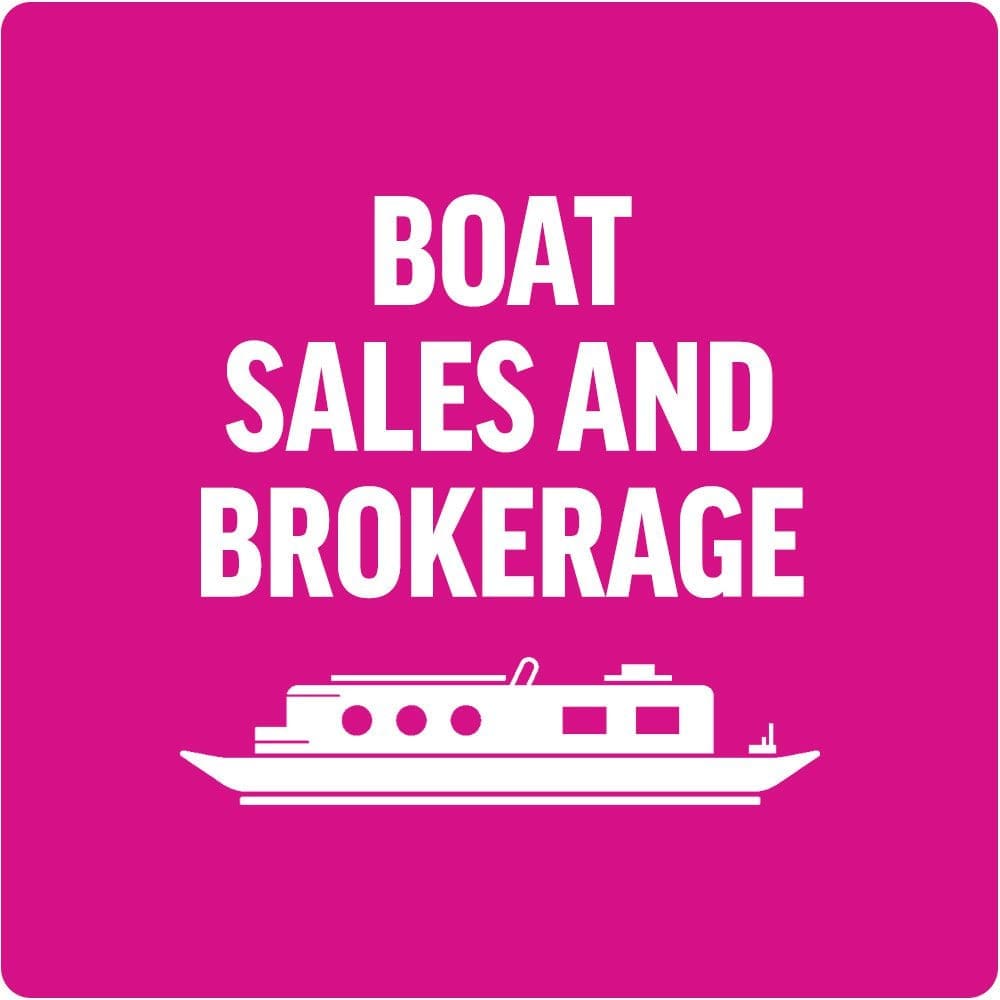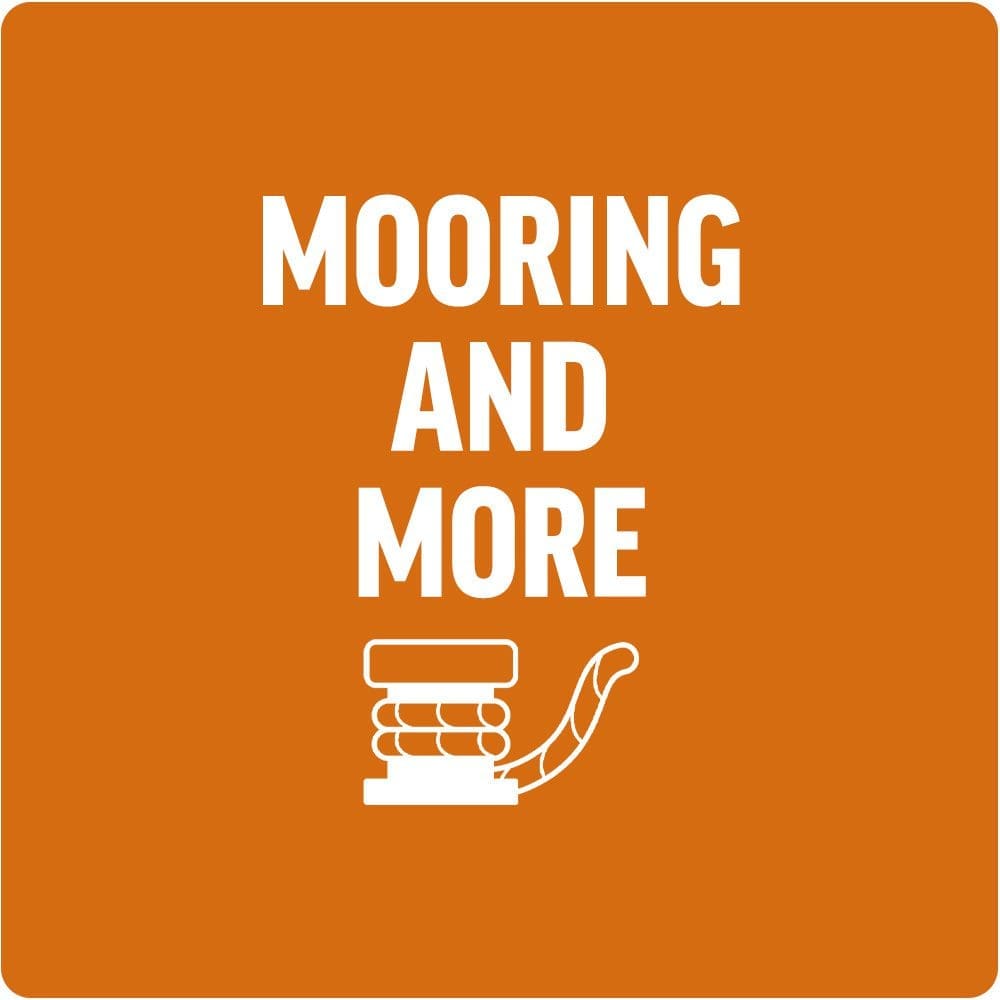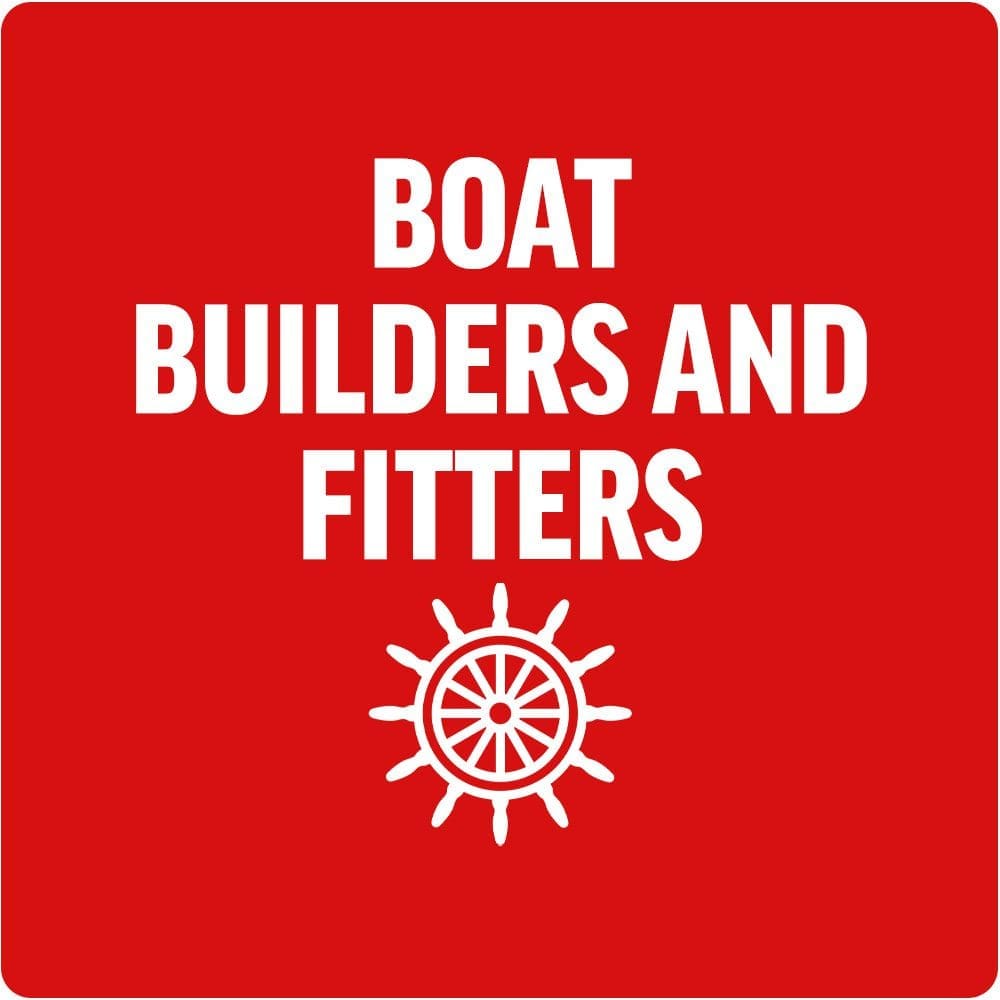Nicola Lisle continues her series on waterways museums with a visit to Gloucester’s magnificent docklands museum.

EVEN before you enter the Gloucester Waterways Museum you are in canal heaven as you wander around the Victorian docks and absorb the atmosphere and sense of history.
The museum is housed in the Grade II listed Llanthony Warehouse and is packed with artefacts, models and display boards that bring the history and the workings of the docks vividly to life.

First recognised by the Romans for its strategic position on the River Severn, Gloucester was a thriving inland port by the 12th century. It enjoyed its heyday during the 19th century, when the opening of the Gloucester & Sharpness Canal in 1827 turned it into a major corn trading centre. Soon large warehouses were lining the docks, used for storing corn as well as other grains, flour, timber, wines and spirits.
A decline in commercial traffic after the building of a larger dock at Sharpness in 1874 saw the importance of Gloucester’s docks dwindle. Llanthony Warehouse, built in 1873 for corn merchants Wait & James, was later used by builders’ merchants before being transformed into a museum and opening to the public in 1988.
The ground floor explores the history of the docks, the building and operation of the warehouses and the importance of the boatbuilding and repair industries that thrived along the waterfront. Eyecatching exhibits include models of the warehouses, a life-size model of a canal horse, a former tallyman’s booth and some of the tools and equipment used for boat building, maintenance and repair.
A highlight is the model of a trow made entirely from rope to emphasise its importance to the maritime industry and represent the many vessels that worked on the River Severn for so many years.
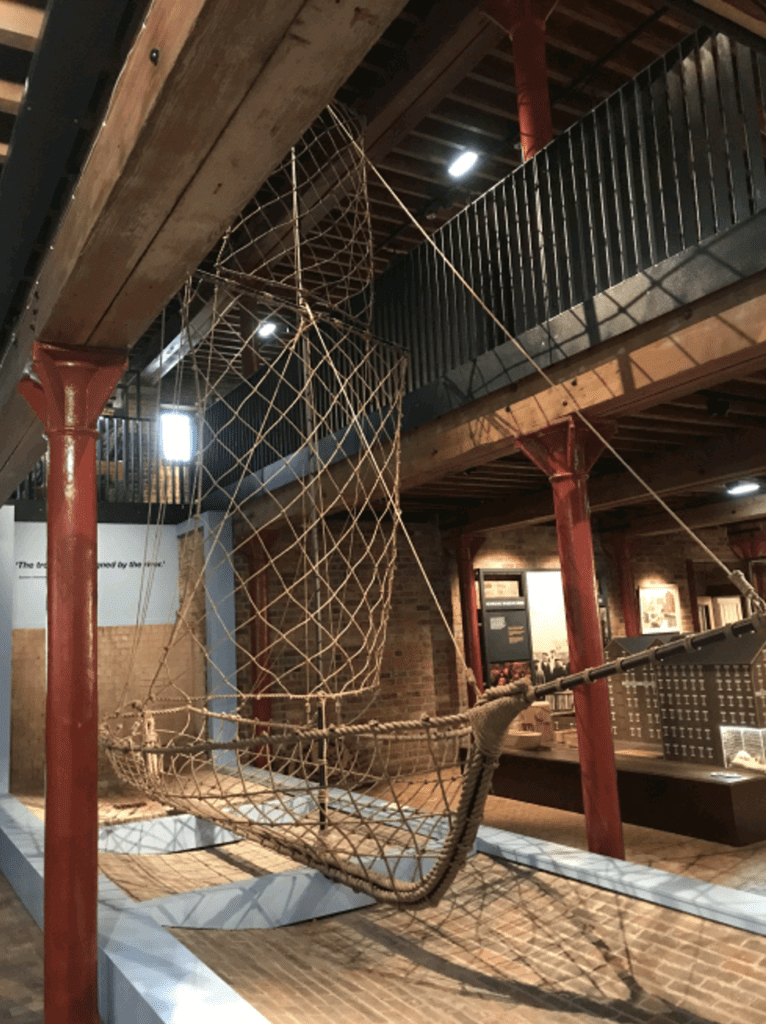
The exhibition continues outside on the quay, where you can see a 1926 SND No.4 dredger, built in Holland and in service on the Gloucester & Sharpness Canal and the River Severn for more than 50 years. It is now one of only two dredgers of its type currently on the National Register of Historic Vehicles.
Nearby is the Severn Progress which, with sister ship Enterprise, towed trows, fuel tanker barges and narrowboats between Worcester and Gloucester, and is now part of the National Historic Fleet.
On the first floor you can find out more about the building of the Gloucester & Sharpness Canal, the rise in canal mania during the 18th and 19th centuries, how canals work and essential canal equipment. A model of the canal layout shows a section of the Gloucester & Sharpness Canal in the early 1900s.
It is fascinating to learn that the famous Cadbury family took an interest in the canals and became major benefactors. George Cadbury – third son of Cadbury’s founder John Cadbury –built a chocolate crumb factory at Frampton-on-Severn in 1916, thereby helping to boost trade for the Severn & Canal Carrying Company, which was struggling due to loss of overseas business during the war. Cadbury took out shares in the company and for a while served as its chairman.
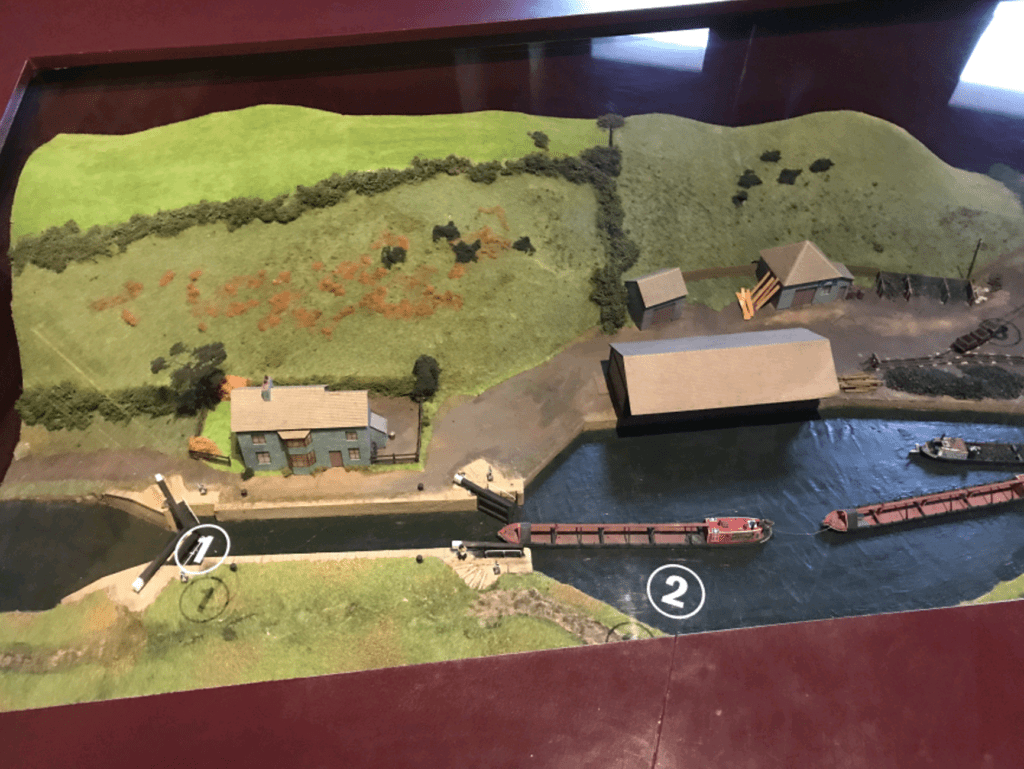
We also find out more about local boatwoman Eily (Kit) Gayford, who trained female boat crews on the Worcester & Birmingham Canal during World War Two, earning herself an MBE. She recorded her experiences in The Amateur Boatwomen (David Charles, 1973) and there is a copy on display here along with some of Eily’s other possessions.
Nearby is the boat Bluebelle, which was home-built in 1956 using a World War Two bridge pontoon. It was bought in 1969 by Mike and Judy Powell, who made extensive renovations and moored the boat at Gloucester Docks during the 1970s.
Another highlight is the reconstructed section of a narrowboat, which shows how boat people lived and how colourful their boats were with their rag rugs, painted furniture and range of tinware, pots and pans decorated with traditional canal art.
At the end of the gallery is a children’s area, where youngsters can dress up in traditional boat people’s clothes and explore the front half of a canal boat.
Once you have finished in the museum it is worth exploring the docks to see the many boats moored here and perhaps eat in one of the bars or restaurants in former warehouses. Don’t miss the exquisite Mariners Church, built in 1849 for local and visiting seamen.
#nationalwaterwaysmuseum #canalandrivertrust #towpathtalk #canals #canalsandrivers #narrowboat #rivers #waterways #lifeonthecut #boating #boats

